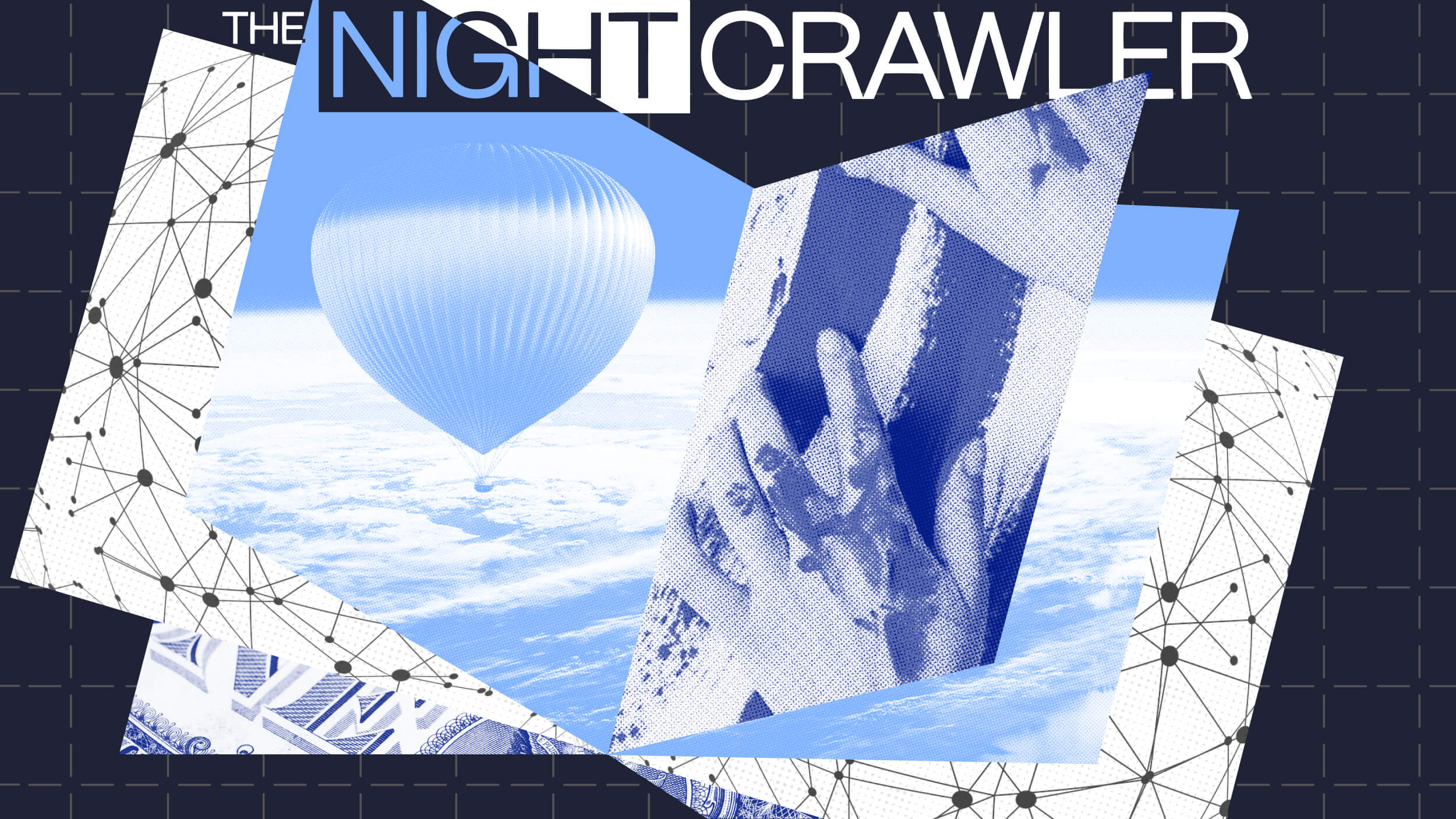How the Human Brain Became Hardwired to Tell Stories

What’s the Latest Development?
The human mind is a story processor, not a logic processor, say scientists who have made attempts to meet the human brain on its own evolutionary terms. In experimental conditions, when logic puzzles are integrated into stories where characters transgress social norms, upwards of 70 percent of readers are able to recognize them. When the logic puzzles are presented independently of a story, less than 10 percent of readers can identify their essential elements. Such social-rule monitoring was evolutionarily crucial because as Alison Gopnik notes “other people are the most important part of our environment.”
What’s the Big Idea?
A standard story-telling formula may go something like this: character(s) + predicament(s) + attempted extrication(s). In short, the very stuff of life. “Like our language instinct, a story drive—an inborn hunger for story hearing and story making—emerges untutored universally in healthy children. Every culture bathes their children in stories to explain how the world works and to engage and educate their emotions. Perhaps story patterns could be considered another higher layer of language. A sort of meta-grammar shaped by and shaping conventions of character types, plots, and social-rule dilemmas prevalent in our culture.”
Photo credit: Shutterstock.com
Read it at Scientific American





